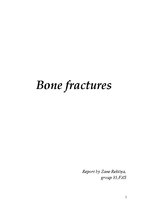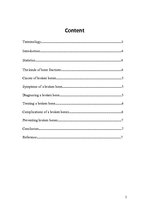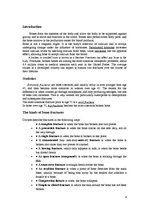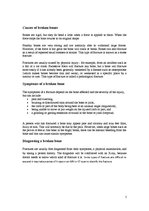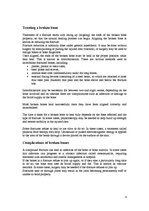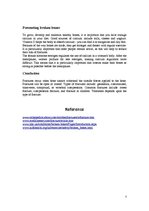-
Bone Fractures
| Nr. | Chapter | Page. |
| Terminology | 3 | |
| Introduction | 4 | |
| Statistics | 4 | |
| The kinds of bone fractures | 4 | |
| Causes of broken bones | 5 | |
| Symptoms of a broken bone | 5 | |
| Diagnosing a broken bone | 5 | |
| Treating a broken bone | 6 | |
| Complications of a broken bones | 6 | |
| Preventing broken bones | 7 | |
| Conclusion | 7 | |
| Reference | 7 |
Bones form the skeleton of the body and allow the body to be supported against gravity and to move and function in the world. Bones also protect some body parts, and the bone marrow is the production center for blood products.
Bone is not a stagnant organ. It is the body's reservoir of calcium and is always undergoing change under the influence of hormones. Parathyroid hormone increases blood calcium levels by leeching calcium from bone, while calcitonin has the opposite effect, allowing bone to accept calcium from the blood.
A broken or cracked bone is known as a fracture. Fractures can affect any bone in the body. Fractures, broken bones are among the most common orthopedic problems, about 6.8 million come to medical attention each year in the United States. The average citizen in a developed country can expect to sustain two fractures over the course of their lifetime.…

